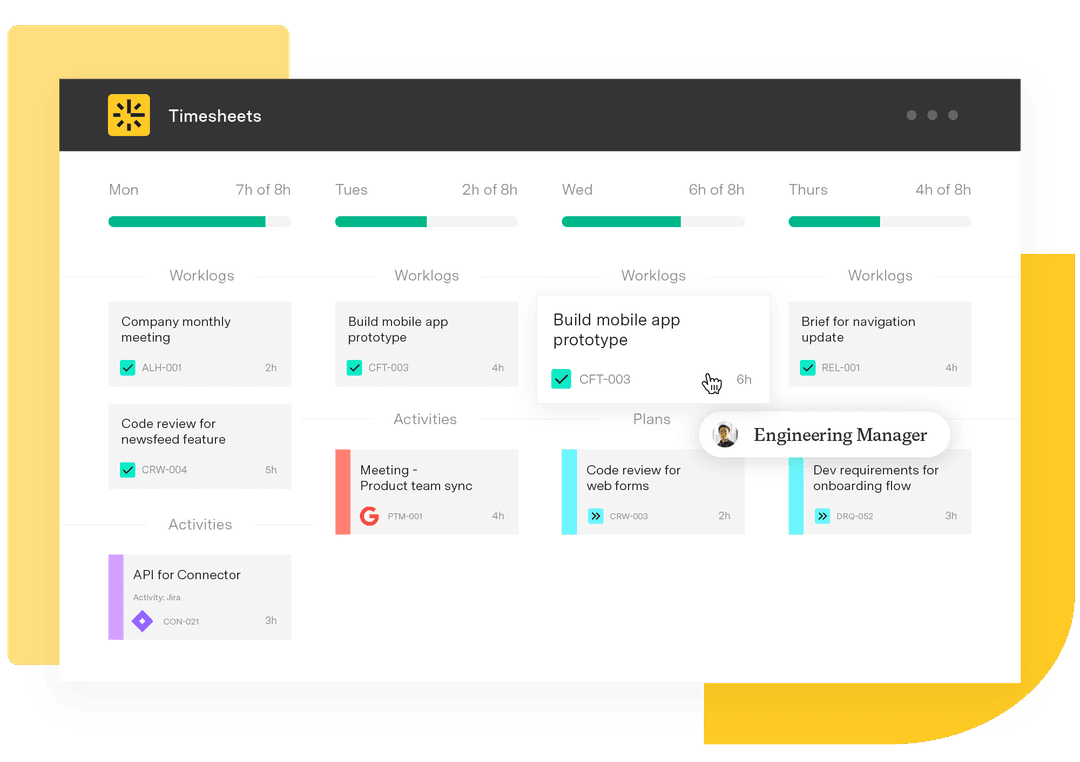How Thrillist Media Group uses Timesheets to plan and forecast their projects
Tempo Team
In the dynamic world of digital media, where content creation and project management are intertwined, the role of efficient time tracking cannot be overstated.
At Thrillist Media Group, a leading digital media company, the implementation of Timesheets has not only streamlined their workflow but also enhanced the precision of their project planning and forecasting.
About Thrillist Media Group
Thrillist Media Group is a digital media company based in New York City with approximately 175 employees. Thrillist is an online utility for people to find the best places around the world to eat, drink, and travel.
Mike Solomon is a product manager at Thrillist Media Group and works closely with developers and designers to ensure the company delivers the best possible product to their users.
Accurate forecasting for the group
Solomon and his teams are working in agile and have been using Timesheets for Jira for approximately two years for new product development.
As a part of his role, Solomon has to make sure that his team can design, build, QA, and deploy their product in a viable amount of time. With numerous projects, of varying complexity, providing accurate forecasts to stakeholders was a constant challenge.
Solomon needed a solution that would seamlessly integrate with their Jira instance, to ensure data integrity and maintain Jira as the single source of truth.
Many solutions on the market offered a gateway to Jira, but Solomon’s team wanted a fully embedded solution.
One API to rule them all
With Jira integration the priority, Timesheets was the product that stood out. Thrillist Media Group uses the API to tailor Timesheets to their needs.
This led to immediate improvements in data accuracy, especially in their product roadmap timeline.
“Using historical data, we can make better predictions about how long a project will take and therefore we are able to communicate realistic timelines to stakeholders – not only timelines for ongoing projects but for our entire product roadmap.” Solomon said.
Timesheets gives their management team better visibility into the progress of their projects, so they can better plan and forecast, and meet their stakeholders’ expectations, resulting in increased customer satisfaction.
Solomon says that although most employees don’t feel the direct benefits that the timesheets give the team and might feel that timesheets are a necessary evil that they could do without when in reality, he says accurate timesheets prevent scope overload, over-utilization, and unrealistic deadlines.
Tracking time is now a thrill a minute
According to Solomon, time tracking and timesheets is something that teams find hard to value – until they live life without them.
“Timesheets helps us to identify trends in our process, like how much time it takes us to build and QA a product given the project’s scope.” Solomon noted.
“Timesheets also helps us answer the question of how much time we have spent on our on-going projects and how that correlates to our actual progress versus our estimates.” He added.
In the fast-paced world of digital media, efficiency and precision are key. For Thrillist Media Group, Timesheets has become an indispensable tool in achieving these goals.
It allows the team to not only track time but to analyze and understand it in the context of project management. The enhanced visibility and data accuracy Timesheets provides have revolutionized the way Thrillist plans and forecasts projects.


